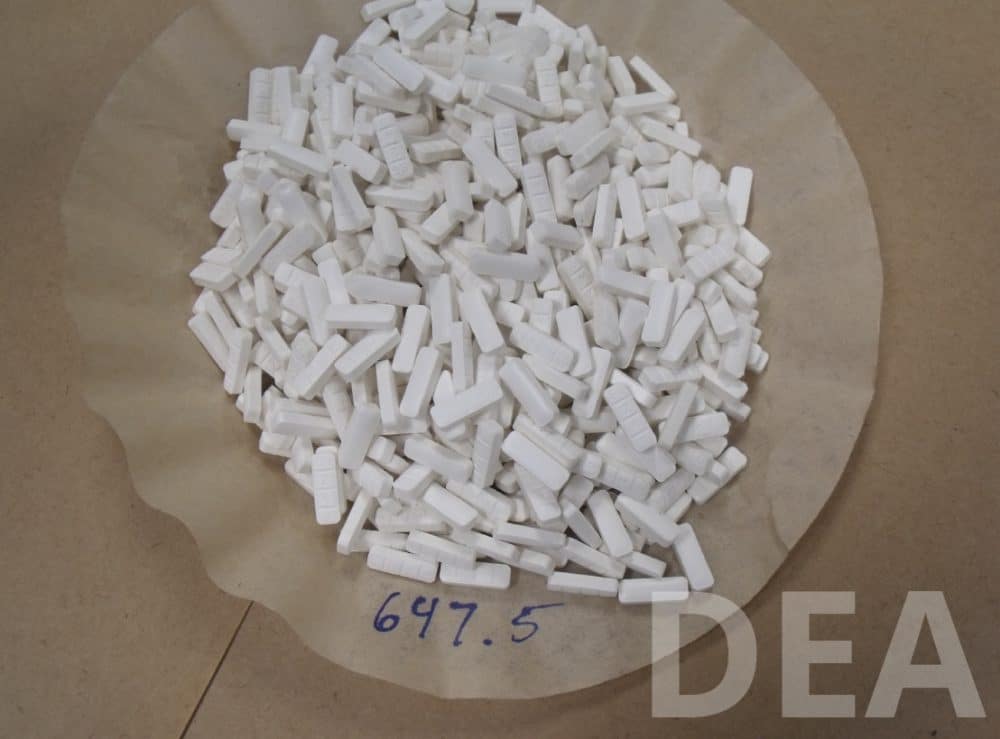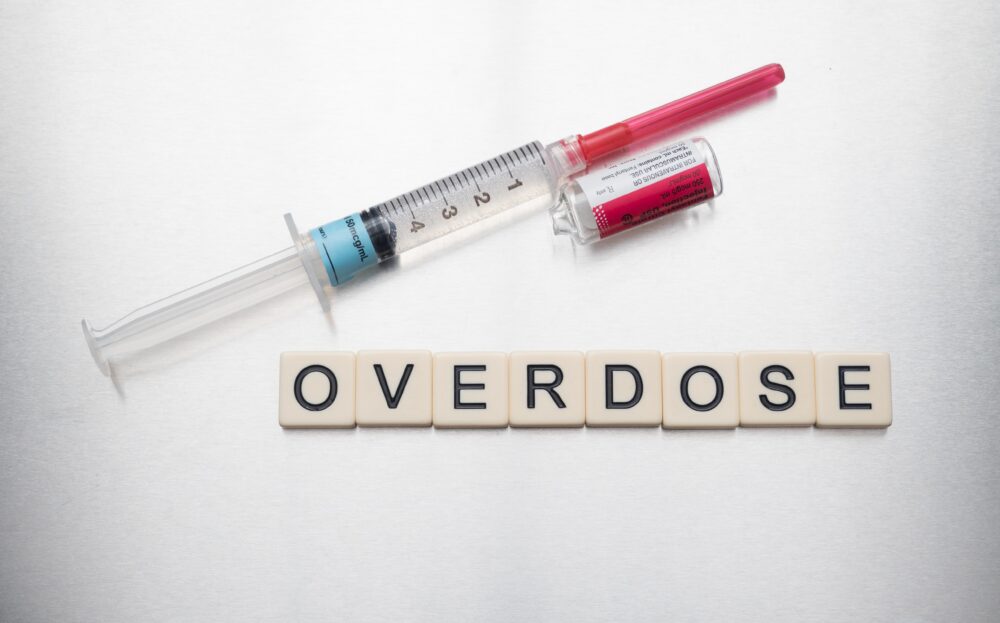Overcoming substance use disorders can be a challenging process, especially if you have been using alcohol or drugs for a prolonged period.
When someone has persistently used drugs or alcohol, they can face a real health risk if they suddenly stop using substances without proper medical intervention. Many people who stop abruptly will experience physiological and/or psychological withdrawal symptoms. These can sometimes be life-threatening, especially if the person has other health conditions. This is why it is critical that before stopping the use of these substances, the patient should consult a medical professional and consider the use of a professional detoxification facility.
It is worth noting, however, that not all detox facilities are created equal — each varies in clinical supervision, types of medication, psychological support, and aftercare.
The History of Detox
According to the Substance Abuse and Mental Health Services Administration (SAMHSA), prior to the 1970s, public intoxication was treated as a criminal offense. People who were deemed intoxicated were arrested and sent to jail to sober up with little or no medical intervention. Fortunately, the way we treat people and our conception of substance use disorders has since advanced.
Two main advancements that changed attitudes toward addiction include:
- In 1958, the American Medical Association took the official stance that alcohol use disorder (which was formerly referred to as alcoholism) is a disease, requiring medical intervention.
- In 1971, the National Conference of Commissioners on Uniform State Laws adopted the Uniform Alcoholism and Intoxication Act, which recommended that “alcoholics not be subjected to criminal prosecution because of their consumption of alcoholic beverages, but rather should be afforded a continuum of treatment in order that they may lead normal lives as productive members of society.”
Following these advancements came more humane treatment of people with substance use disorders, and the development of several methods of formal detoxification.
What Are the Different Types of Detox?
Detox is the first step on the continuum of care for substance use disorders. SAMHSA and most medical and clinical professionals in the field of addiction support the use of detox facilities. However, each varies in the type of support and medical intervention provided.
The main categories of detox available are:
- Medical detox, which is characterized by the use of trained staff assisting people through withdrawal safety with the use of medication.
- Social detox, which rejects the use of medication and the need for medical care, instead relying on a supportive non-clinical environment to support the person through the withdrawal process. Examples include mutual-aid groups such as SMART Recovery, Alcoholics Anonymous, LifeRing, Recovery Dharma, and SHE RECOVERS.
Some treatment facilities use a combination of social and medical care, others just social, and some facilities provide standalone medical detox. Some people also detox at home without any intervention. However, this isn’t advised by medical professionals due to the risk of complications.
SAMHSA’s overall definition of detoxification is that it is a distinct form of substance use disorder treatment. Specifically:
“Detoxification is a set of interventions aimed at managing acute intoxication and withdrawal. Supervised detoxification may prevent potentially life-threatening complications that might appear if the patient were left untreated. At the same time, detoxification is a form of palliative care (reducing the intensity of a disorder) for those who want to become abstinent, or who must observe mandatory abstinence as a result of hospitalization or legal involvement. Finally, for some patients, it represents a point of first contact with the treatment system, and the first step to recovery.”
The SAMHSA definition of treatment involves “a constellation of ongoing therapeutic services ultimately intended to promote recovery for substance abuse patients.”
Guiding Principles for Detoxification
SAMHSA helpfully produced a set of guiding principles for detoxification and substance use disorder treatment:
- Detoxification is one part of a continuum of care for substance-related disorders
- The detox process consists of three sequential and essential components:
- Evaluation
- Stabilization
- Fostering patient readiness for entry into treatment
- Detoxification can take place in a wide variety of settings, and at a number of levels of intensity within these settings. Placement should be appropriate to the patient’s needs.
- Those seeking detoxification should have access to the essential components of the detoxification process, no matter what the setting or level of treatment intensity.
- Those who need treatment should receive the same quality of care and receive appropriate support and aftercare following detox.
- Insurance plans should cover the full duration of detox services.
- Detox services should accommodate all cultures, ethnicity, and health and personal needs. Each facility should have the medical competence to provide culturally competent services.
- A successful detoxification process can be measured, in part, by whether an individual who is substance-dependent enters, remains in, and is compliant with the treatment protocol of a substance abuse treatment/rehabilitation program after detoxification.
How Does Medical Detox Work?
Medical detox supports the body’s physiological processes by providing symptom management. Typically, medical detox facilities use a team of doctors, nurses, and technical support staff to monitor patients through the detoxification process. However, just like the different types of detox, there are also various types of medical facilities.

Featured image: Gallus Medical Detox Center in Littleton, Colorado
Types of medical detox facilities vary in terms of level of care and intervention, depending upon the individual’s needs. The most broadly accepted standards of care for the treatment of substance use disorders have been defined by the American Society of Addiction Medicine, which created a clinical tool known as the Patient Placement Criteria, Second Edition (PPC-2R) to meet the different levels of care required.
ASAM identified six assessment dimensions:
- Acute intoxication and/or withdrawal potential
- Biomedical conditions and complications
- Emotional, behavioral, or cognitive conditions and complications
- Readiness to change
- Relapse, continued use, or continued problem potential
- Recovery/living environment
ASAM’s PPC-2R also describes the settings in which detox services might take place, and the levels of care a patient needs. While these criteria cannot include all details for the success of treatment, they are a good guideline for the level of clinical intervention each patient will require.
When assessing the level of care a person needs, it’s also critical to choose the right facility. ASAM produced a guide detailing the differing levels of care to help make that decision:
- Level ID: Ambulatory detoxification without extended onsite monitoring (e.g., physician’s office, home health care agency). This level of care is an organized outpatient service monitored at predetermined intervals.
- Level IID: Ambulatory detoxification with extended onsite monitoring (day hospital service). This level of care is monitored by appropriately credentialed and licensed nurses.
- Level III. 2D: Clinically managed residential detoxification (non-medical or social detoxification setting). This level emphasizes peer and social support, and is intended for patients whose intoxication and/or withdrawal is sufficient to warrant 24-hour support.
- Level III. 7D: Medically monitored inpatient detoxification (freestanding detoxification center). Unlike Level III.2.D, this level provides 24-hour medically supervised detoxification services.
- Level IVD: Medically managed intensive inpatient detoxification (e.g., psychiatric hospital inpatient center). This level provides 24-hour care in an acute care inpatient setting.
Benefits of Medical Detox
Broadly speaking — and this is dependent upon the type of medical facility — the goal of medical detox is to ease the patient through the withdrawal process comfortably, safely, and without complications. Reputable centers will also provide the patient with resources and an aftercare plan to ensure they continue on the journey of recovery successfully.
Who Needs Medical Detox?
Each person’s drug use is different, just like their medical needs. They may have other complicating factors, such as diabetes and/or mental health conditions. According to SAMHSA: “For alcohol, sedative-hypnotic, and opioid withdrawal syndromes, hospitalization or some form of 24-hour medical care is generally the preferred setting for detoxification, based upon the principles of safety and humanitarian concerns.”
“Medically monitored detox is an important aspect of the recovery process. It ensures patient safety and reduces the risk of complications occurring from the detoxification process, especially when there are other co-morbidities like diabetes or high blood pressure. Due to our advanced medical protocols, we are able to safely care for this patient population in a comfortable manner.” — Dr. Patrick Gallus
If in doubt, speak to a licensed medical professional. Gallus Medical Detox Centers are certified ASAM Level III. 7D Medically Monitored Inpatient Detoxification Facility. Contact us today for a free consultation.




 Shannon Weir, RN
Shannon Weir, RN